When it comes to managing pain, you might find that natural solutions can be surprisingly effective, especially when combined with various therapy techniques. Mindfulness practices, movement therapies, and tailored physical therapy plans can greatly improve your quality of life. You'll discover how simple adjustments in your routine can empower you to reclaim control over your well-being. But what specific techniques can you incorporate to make a real difference? The answers may be more accessible than you think.
Understanding Pain and Its Causes
Pain is a complex experience that can stem from various physical and emotional sources. You might feel sharp pain from an injury, or maybe it's a dull ache that lingers without explanation. Understanding the underlying causes of your pain is vital for finding effective natural solutions.
Physical causes often include injuries, inflammation, or chronic conditions like arthritis. If you've ever twisted an ankle or overexerted yourself at the gym, you know how that sudden pain can disrupt your day. On the other hand, conditions like fibromyalgia can create widespread pain without any apparent physical damage. Identifying these sources allows you to address them more effectively.
Emotional factors can also play a significant role. Stress, anxiety, and depression can amplify your perception of pain. When you're emotionally distressed, even minor discomfort can feel unbearable. Recognizing the interplay between your emotions and physical sensations is essential in managing your pain.
It's important to keep track of when and how your pain occurs. Is it tied to specific activities or emotional states? This awareness can help you pinpoint triggers and patterns, enabling you to take proactive steps toward alleviating your discomfort.
Incorporating natural pain solutions often begins with addressing these root causes. Whether it's modifying your daily activities, seeking support for emotional well-being, or exploring holistic approaches, understanding your pain's origins is the first step toward relief.
Mindfulness and Meditation Techniques
Many people find that incorporating mindfulness and meditation techniques into their daily routine can greatly alleviate discomfort and enhance overall well-being. These practices help you focus on the present moment, reducing stress and anxiety, which often exacerbate pain. By becoming more aware of your thoughts and feelings, you can create a buffer against pain's intensity.
Start with simple mindfulness exercises. Set aside a few minutes each day to sit quietly and pay attention to your breath. Notice how it feels as you inhale and exhale. If your mind wanders, gently redirect your focus back to your breath. This practice trains your mind to stay present and can help you manage pain more effectively.
You might also explore guided meditations available through apps or online platforms. These sessions often include soothing music and calming voiceovers, making it easier for you to relax and immerse yourself in the experience. As you practice, you'll learn to observe your pain without judgment, which can shift your relationship with it.
Additionally, consider incorporating body scan meditations. This technique encourages you to mentally scan your body for areas of tension or discomfort. By acknowledging these sensations without reacting, you can cultivate a sense of acceptance and ease.
Establishing a consistent meditation routine can enhance your coping mechanisms over time. You might find that as you develop these skills, not only does your pain diminish, but your overall quality of life improves markedly.
Physical Therapy Approaches
Incorporating physical therapy into your pain management strategy can complement the mindfulness and meditation techniques you've been practicing.
Physical therapy offers hands-on approaches that can help you regain strength, improve mobility, and alleviate pain through targeted exercises and modalities.
When you work with a physical therapist, they'll assess your specific needs and develop a personalized treatment plan. This may include exercises to strengthen muscles around painful areas, improve flexibility, and enhance overall function.
You'll often perform these exercises under supervision, ensuring you're using proper techniques and avoiding further injury.
Manual therapy techniques, such as massage and joint mobilization, can also play a significant role in your recovery. These methods help reduce tension in muscles and improve circulation, providing immediate relief while promoting long-term healing.
Your therapist may also use modalities like heat, cold, or electrical stimulation to manage pain and inflammation.
In addition to these techniques, education is an essential component of physical therapy. Your therapist will teach you about body mechanics, posture, and ergonomics, empowering you to make better choices that reduce strain and prevent future injuries.
Acupuncture for Pain Relief
Acupuncture offers a holistic approach to pain relief that has gained recognition for its effectiveness in managing various conditions. If you're struggling with chronic pain, this ancient Chinese therapy might be worth considering. By inserting thin needles into specific points on your body, acupuncture aims to balance your energy, or "qi," and promote natural healing processes.
Research shows that acupuncture can greatly alleviate pain linked to conditions like arthritis, migraines, and lower back issues. When you undergo treatment, your body releases endorphins, which are natural painkillers, helping you feel better without relying on medication.
You'll likely notice improvements in both physical discomfort and overall well-being, as acupuncture can also reduce stress and improve sleep quality.
During your session, it's important to communicate with your acupuncturist about your pain levels and any areas of concern. They'll tailor the treatment to your specific needs, ensuring you get the best results. Many people find the process to be relaxing, often experiencing a calming sensation as the needles are inserted.
While some may feel apprehensive about needles, acupuncture is generally safe when performed by a licensed practitioner. You'll want to schedule regular sessions for ideal results, as pain relief can accumulate over time.
Massage Therapy Benefits
Massage therapy offers a powerful way to relieve tension and alleviate pain, making it an excellent option for those seeking natural solutions. When you choose massage therapy, you're not just treating your symptoms; you're addressing the underlying issues that contribute to discomfort.
Whether you're dealing with chronic pain, muscle soreness, or stress, a skilled massage therapist can tailor the treatment to suit your specific needs.
One of the primary benefits of massage therapy is its ability to enhance circulation. Improved blood flow oxygenates your muscles and helps to flush out toxins, which can speed up recovery and reduce inflammation. You'll likely notice a greater range of motion and flexibility, allowing you to engage in daily activities with ease.
Additionally, massage therapy can greatly lower stress levels. The gentle pressure and rhythmic strokes promote relaxation, which in turn decreases cortisol levels in your body. This reduction in stress can lead to improved mental clarity and emotional well-being.
Furthermore, regular massage sessions can help you develop a deeper awareness of your body. By tuning in to areas of tension, you can learn to manage stress more effectively and develop better posture habits.
Lastly, the nurturing touch of a massage can create a sense of connection and support, providing emotional relief as well. If you're looking for a natural way to enhance your overall health and well-being, consider incorporating massage therapy into your pain management routine.
It's a holistic approach that addresses both physical and emotional aspects of pain.
Yoga and Movement Therapies
Yoga and movement therapies can considerably enhance your physical and mental well-being.
By incorporating various techniques, you can improve flexibility, reduce stress, and alleviate pain.
Let's explore how these practices can benefit you and the different methods you can try.
Benefits of Yoga
Practicing yoga offers a multitude of benefits that extend beyond just physical fitness. It helps you develop strength, flexibility, and balance, making everyday activities easier and reducing the risk of injury. As you flow through various poses, you also cultivate mindfulness, which can enhance your mental clarity and focus. This heightened awareness helps you connect with your body and understand its needs better.
Moreover, yoga encourages deep breathing techniques that can considerably lower stress levels. By calming your mind and body, you create a space for relaxation that's essential for pain management. Many practitioners find that regular yoga sessions lead to improved sleep quality, allowing you to wake up feeling refreshed and energized.
Additionally, yoga fosters a sense of community and support. Whether you attend a class or practice at home, you're part of a larger movement that promotes well-being. This connection can elevate your mood and provide motivation to keep going.
Incorporating yoga into your routine not only enhances your physical health but also nurtures your mental and emotional well-being, making it a holistic approach to pain management.
Movement Therapy Techniques
Movement therapy techniques, including practices like yoga and various movement therapies, can be powerful tools for pain relief and rehabilitation. When you engage in these activities, you not only improve flexibility and strength but also promote relaxation and mental clarity.
Yoga, in particular, emphasizes breath control and mindfulness, which can help reduce stress and tension in your body. As you flow through poses, you might notice a decrease in chronic pain and an increase in your overall well-being.
Various movement therapies, such as tai chi or dance therapy, also offer unique benefits. They encourage gentle, fluid movements that enhance joint mobility and circulation. By incorporating these techniques into your routine, you're likely to experience improved coordination and balance, which can help prevent future injuries.
Listening to your body is essential. Start slow, and pay attention to what feels good or what causes discomfort. With consistent practice, you'll find that these movement therapies not only alleviate pain but also empower you to take control of your health.
Herbal Remedies and Supplements
Herbal remedies and supplements offer a natural alternative for managing pain, tapping into the healing properties of plants that have been used for centuries. Many people find relief from conditions like arthritis, headaches, and muscle pain by incorporating these natural options into their wellness routines.
Turmeric, for instance, contains curcumin, a compound known for its anti-inflammatory properties. You can easily add turmeric to your diet or take it in supplement form to help ease pain and reduce inflammation.
Similarly, ginger is another powerful anti-inflammatory herb that can provide relief from discomfort.
Willow bark, often referred to as "nature's aspirin," can be effective for headaches and lower back pain. It works by blocking pain signals in your body, making it a great alternative to over-the-counter painkillers.
Boswellia, or frankincense, is another supplement that has shown promise in reducing pain and improving joint function, particularly for those with arthritis.
Don't forget about the benefits of omega-3 fatty acids found in fish oil. These healthy fats can help decrease inflammation and promote joint health, making them a smart addition to your pain management strategy.
Before starting any herbal remedy or supplement, though, it's a good idea to consult with a healthcare professional. They can help you determine the right options for your specific needs and guarantee there won't be any interactions with your current medications.
Conclusion
Incorporating these effective natural pain solutions can greatly enhance your well-being. By embracing mindfulness, engaging in physical therapy, and exploring movement therapies like yoga, you can regain control over your pain. Don't forget to take into account acupuncture and massage therapy for added relief, along with herbal remedies that may support your journey. Remember, you have the power to manage your pain and improve your quality of life through these holistic approaches. Take charge and start your healing journey today!



